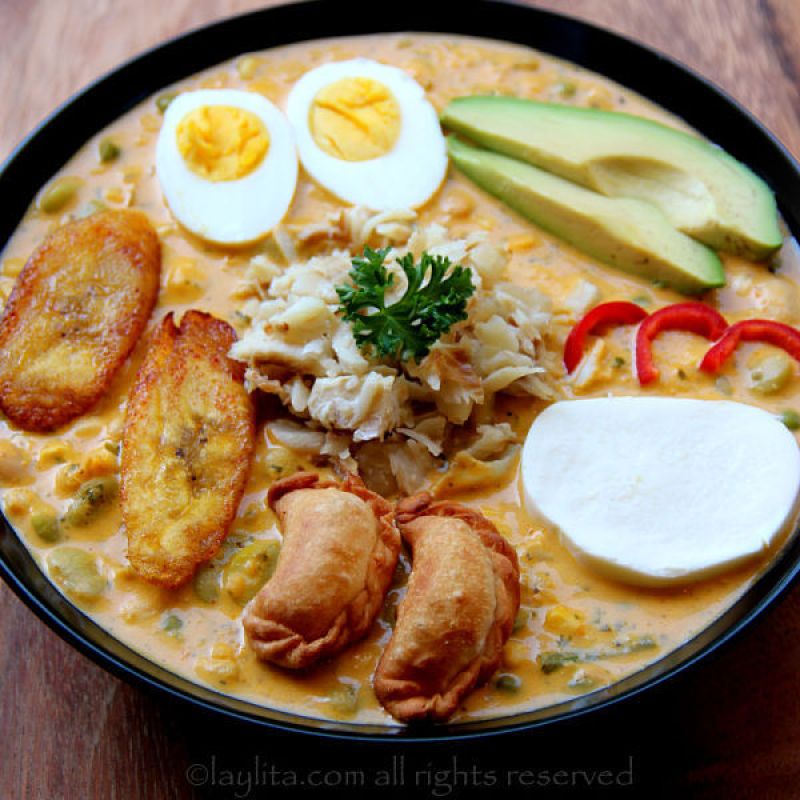Baked ham is one of the most widely consumed dishes in the United States for Easter. Some believe it has become an Easter tradition given that, historically, having cured all winter, meats like ham were the first meats available in the Spring. As most of us will be enjoying a delicious honey baked ham this year, other countries will be enjoying their own Easter dishes that have historical symbolism. Here are five such dishes from around the world:
Kulich (Russia)

At first glance it looks like a simple, tall bread loaf with icing on top, but the symbolism of Kulich goes beyond that. This towering loaf of sweet bread is only eaten between Easter and Pentecost. You can usually find the initials XB on it, which stands for Xpucmoc Bockpece (Christ Is Risen). The bulging top of the bread represents a church dome and is painted with a layer of white icing representing snow on top of the church. The loaves are traditionally blessed by a priest before being consumed.
Mona de Pascua (Spain)

This Easter cake is a symbol of Spring and the end of Lent. Traditionally given as a gift from godparents to their godchildren, it takes the shape of a giant doughnut topped with boiled eggs, one for each year of the godchild’s life. There are many variations of the Mona de Pascua with some being shaped like animals and decorated with chocolate eggs instead of boiled.
Påskeøl (Denmark)

As the favorite beverage of Vikings (and a healthier option than water at the time), the Danish have a 5000-year history of beer making, so it is no surprise that they brew a special beer just for Easter. This beer called Påskeøl is usually 5-6% lager which makes it light and evokes Springtime. The special brew becomes available a couple of weeks before Easter to mark the beginning of Spring.
Hot Cross Buns (United Kingdom)

These lightly spiced, sweet buns may have their origins as far back as the 12th century. It is said that an Anglican monk created them and marked them with a cross in honor of Good Friday. Queen Elizabeth I went so far as to outlaw the sale of the sweet buns for all other occasions besides funerals, Christmas and Good Friday. There are many superstitions surrounding the buns, which include them having magical, healing powers and that they never go stale (both of which are untrue).
Fanesca (Ecuador)

Shrouded in mystery, the origins of Fanesca are not truly known but there are many different beliefs as to its symbolism. Some believe that the 12 different beans and grains in this complex soup represent the 12 apostles of Jesus, and others think it’s a way of giving thanks for a bountiful harvest. The preparation usually takes about two days and is a job that the whole family gets involved in. It contains salt cod and is served with fried plantains, hard boiled eggs, and empanadas which usually float on top.
Archives
Select Month
